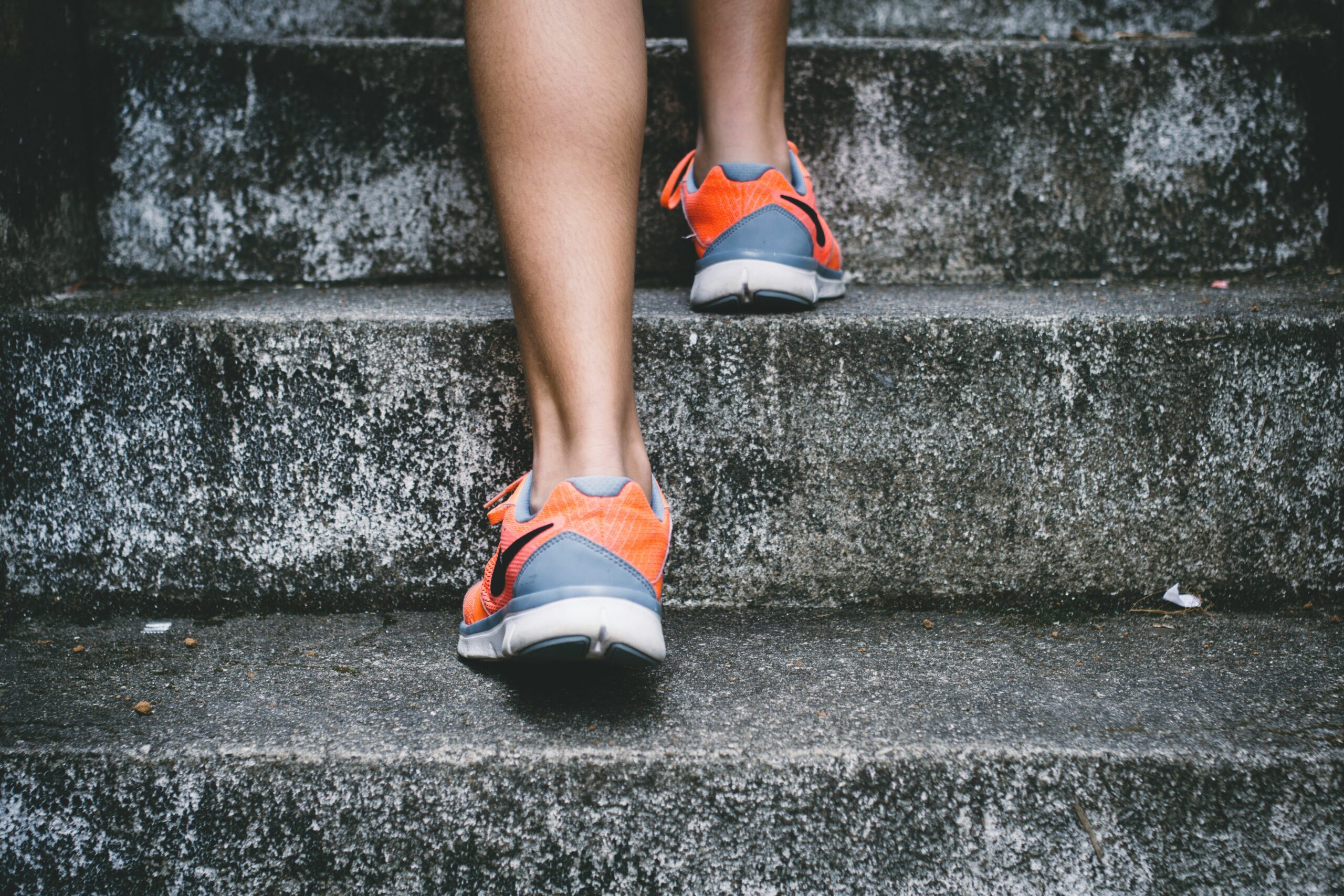One of the most common questions I get at the office is whether or not a patient should wear orthotics in their footwear. Many patients have pain in their feet when walking, running, or playing sports, and they are curious if orthotics can help them.
What are orthotics?
Orthotics are a customized insole you place in your shoe meant to provide comfort, support, and stability. At their most basic, orthotics change the surface that you walk on. Our feet were not designed to walk on flat, concrete surfaces. Flat, hard surfaces are very rare in nature and primitive humans would have rarely, if ever, walked on them. Regularly walking on flat, hard surfaces causes the arches in our feet to collapse, and over time we lose the ability to transmit force from our feet through the rest of the body. An orthotic gives contour to the surface we walk on, and helps to transmit force from the feet through the ankle, knee, and hip.
Who is a good candidate for orthotics?
While some chiropractic clinics recommend orthotics for every patient that walks in the door, I like to be more selective about which patients I consider for orthotics. Any patient with a structural deformity of the foot is a good candidate for orthotics. These patients have an irregular foot shape, which can be due to past trauma, years of constrictive footwear (think high heeled stilettos at work for 20 years), or have had foot surgery in the past. Their irregular foot shape makes it difficult to effectively transmit force from their feet up through their bodies. Another strong candidate for orthotics are patients who are required to be on their feet all day at work. These patients may have no choice but to walk on flat, hard surfaces all day, meaning orthotics may help them get through their workday without pain.
What type of conditions are orthotics helpful for?
Orthotics are helpful for a variety of orthopedic conditions, not just foot pain. Starting at the feet, orthotics can help treat painful conditions such as bunions, metatarsalgia, plantar fasciitis, bone spurs, achilles tendinitis, and stress fractures. Moving up the kinetic chain, orthotics can help treat knee pain such as patellar tendinitis, hip pain such as subclinical labrum tears, low back pain, and even neck pain! By effectively changing the surface the patient walks on, force distribution upwards through the body improves the entire kinetic chain – all the way up to the neck.
Strengthen the foot when using orthotics
One of the biggest mistakes patients make when getting orthotics is that they do not perform foot strengthening exercises in addition to the orthotic therapy. Patients are often concerned that wearing orthotics will weaken their feet over time. There is some truth to this, but it is more likely due to simply wearing shoes all the time, not the orthotic itself. When we wear shoes all day we cut off the connection between our feet and the ground. The small muscles and nerve endings in our feet turn off and atrophy when they are not stimulated by foot to ground contact.
Getting outside and going barefoot is the best way to strengthen your feet. Please note that I do not mean walking or running barefoot on concrete sidewalks and roads. Instead, choose a soft surface like a grass field at a park or a sandy beach to begin your barefoot training. Start with just 10 minutes if it’s been years since your feet have left your shoes because you will be sore at first. Additionally, wearing toe spacers helps to create a natural spreading of your toes. We should be able to spread our toes just like we can easily spread the fingers in our hands. Using toe spacers can help us regain the spreading function of our toes and wake up the small muscles and nerve endings in our feet.
How do I find the right pair of orthotics?
There are a number of options for getting orthotics. My preferred method is to get analysed and fitted for orthotics from a certified pedorthist. A pedorthist, which should not be confused with a medically trained podiatrist, is an expert in custom foot orthotics and orthopedic footwear. A pedorthist will take an array of measurements in your feet, ankles, and hips to determine the best orthotic for your foot type. They will measure leg length on each side to address any leg length inequalities, watch the way you walk barefoot, which is called a gait analysis, and then construct an orthotic specific to your needs.
For those living in Colorado, one of the best pedorthists in the country is Shawn Eno, owner of Xtreme Footwerks in Idaho Springs, CO. Any Denver patients in need of orthotics can get fitted at our office, Mile High Spine & Sport, and we will send the measurements to the orthotics lab in Idaho Springs. Upon completion, the orthotics are sent back to our office for the patient. The orthotics fitting analysis takes around 30 minutes and patients usually have their orthotics within 2 weeks from the day the measurements are taken.
Post written by Dr. Riley Kulm, DC. Check out Dr. Riley Kulm’s bio here.



Great article & very informative!! I know how smart you are and the article was written so that I understood every word & idea!! Thanks!!